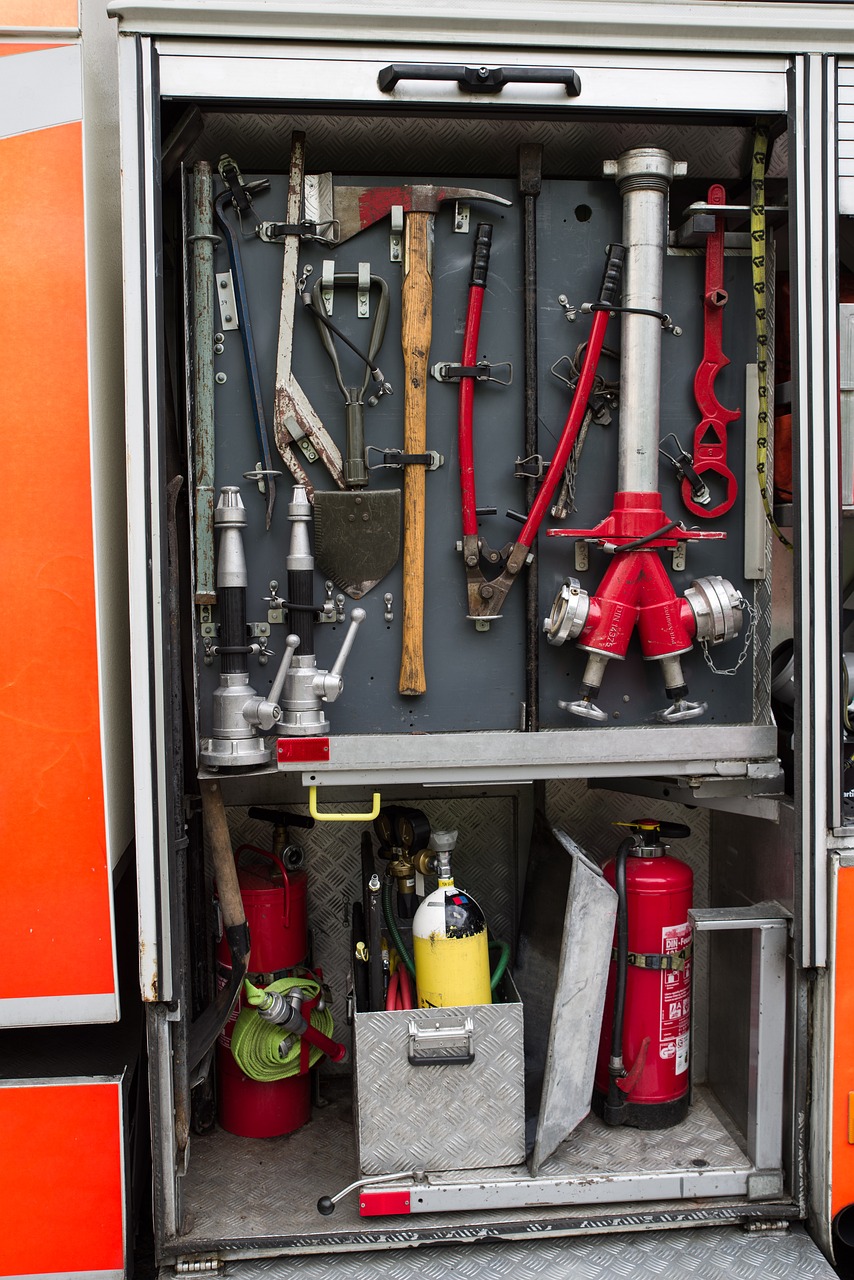You know that when it comes to being a firefighter, having the right tools can mean the difference between life and death. Two important tools in a firefighter’s arsenal are the roof hook and the Jaws of Life. In this blog post, we will explore into the importance of these tools, how they are used in rescue operations, and the training required to wield them effectively. Let’s break down the barriers and explore how these tools are pivotal in saving lives during emergencies.
Roof Hooks: An Essential Tool for Vertical Entry
Design and Functionality of Roof Hooks
Entry into a burning building often involves navigating through tight spaces and challenging environments. The design of a roof hook incorporates a long, sturdy pole with a hook at one end, allowing firefighters to reach and manipulate objects from a distance. The functionality of a roof hook enables firefighters to search for hidden fires by pulling down ceilings and walls, creating ventilation holes, and securing unstable structures.
Techniques for Effective Roof Hook Use
Functionality and versatility are key when utilizing a roof hook during firefighting operations. By understanding the proper techniques for roof hook use, firefighters can effectively control ventilation, perform overhaul operations, and perform search and rescue tasks from a safe distance. Training on the correct positioning and leverage techniques is crucial for maximizing the effectiveness of a roof hook in various emergency scenarios.
Rooftop operations can be challenging, requiring firefighters to work in elevated and often precarious positions. When using a roof hook, it is important to have a secure footing and maintain constant communication with the team on the ground. By following established safety protocols and utilizing proper techniques, firefighters can efficiently execute vertical entry operations and ensure a more effective response to emergency situations.
Jaws of Life: A Lifesaving Hydraulic Rescue Tool
The Evolution and Mechanism of the Jaws of Life
Rescue operations have been revolutionized by the development of hydraulic rescue tools, commonly known as the Jaws of Life. Initially designed by George Hurst in the 1960s, these tools use hydraulic power to cut, spread, and force open vehicles involved in accidents, allowing firefighters to rescue trapped individuals efficiently.
Strategic Operation in Vehicle Extrication
Jaws of Life are strategically used in vehicle extrication scenarios to meticulously and swiftly free individuals stuck in vehicles after accidents. Firefighters skillfully assess the situation, strategically place the tool, and operate it with precision to cut through metal, break glass, or create openings to extricate individuals safely and efficiently.
Understanding the mechanics and strategic operations of the Jaws of Life is crucial for firefighters to effectively rescue individuals in vehicle entrapment situations involving extreme time sensitivity and high stakes.
Training and Safety Protocols
Mastering the Use of Firefighting Tools
Mastering the use of firefighting tools such as roof hooks and jaws of life requires extensive training and practice. Firefighters must be knowledgeable in the proper techniques for using these tools effectively during rescue operations. Regular drills and simulations can help firefighters sharpen their skills and stay prepared for emergency situations.
Maintaining Safety While Handling Roof Hooks and Jaws of Life
While handling roof hooks and jaws of life, maintaining safety is paramount. Firefighters must adhere to strict safety protocols to prevent accidents and injuries. This includes wearing appropriate protective gear, following correct handling procedures, and communicating effectively with team members during operations.
Handling these tools requires a keen understanding of their capabilities and limitations. Firefighters should always inspect the tools for any damages or defects before use and ensure they are properly maintained. Additionally, regular training sessions on safety protocols and best practices can help reinforce the importance of safe handling techniques among all team members.
Future of Firefighting Tools
Innovative Developments in Rescue Equipment
To keep up with the evolving demands of emergency response situations, the development of rescue equipment has seen remarkable advancements. From lightweight and portable cutting tools to specialized breaching equipment, these innovative tools are designed to aid in efficient and effective rescue operations.
Integrating New Technologies for Enhanced Efficiency
To further enhance the capabilities of firefighters, new technologies are being integrated into firefighting tools. These technologies include thermal imaging cameras for improved visibility in smoke-filled environments, drones for aerial reconnaissance and victim location, and communication systems for seamless coordination among rescue teams.
Firefighting equipment is continually evolving to meet the challenges faced by firefighters in the field. The incorporation of new technologies not only enhances the efficiency of firefighting operations but also ensures the safety of both firefighters and the public they serve.
To wrap up
With this in mind, it is apparent that the roof hook and Jaws of Life are indispensable tools for firefighters in various emergency situations. These tools are crucial for breaking barriers, gaining access to victims, and ultimately saving lives. It is necessary for every firefighter to be trained in the proper use of these tools to ensure effective and efficient rescue operations. By recognizing the importance of these tools and incorporating them into their firefighting strategies, firefighters can better equip themselves to handle emergencies with skill and precision. The roof hook and Jaws of Life truly exemplify the innovative and life-saving technology that is necessary in the firefighting profession.

